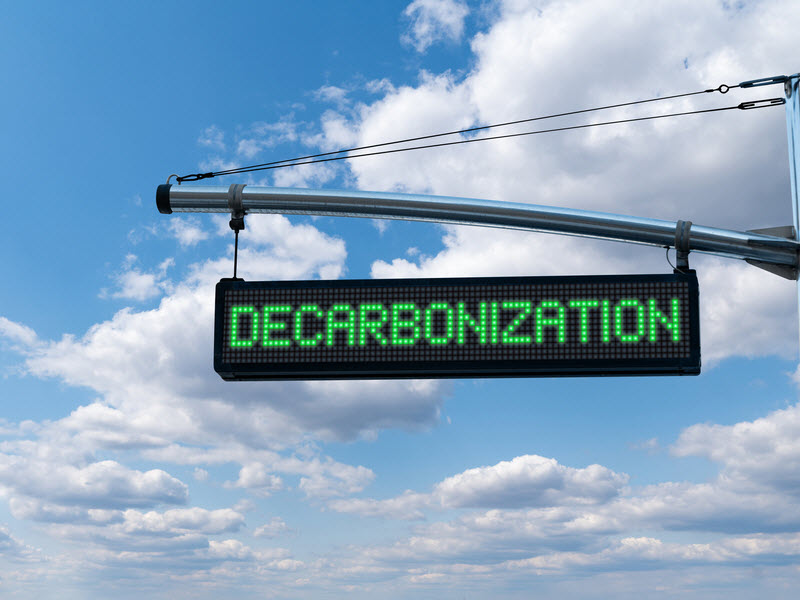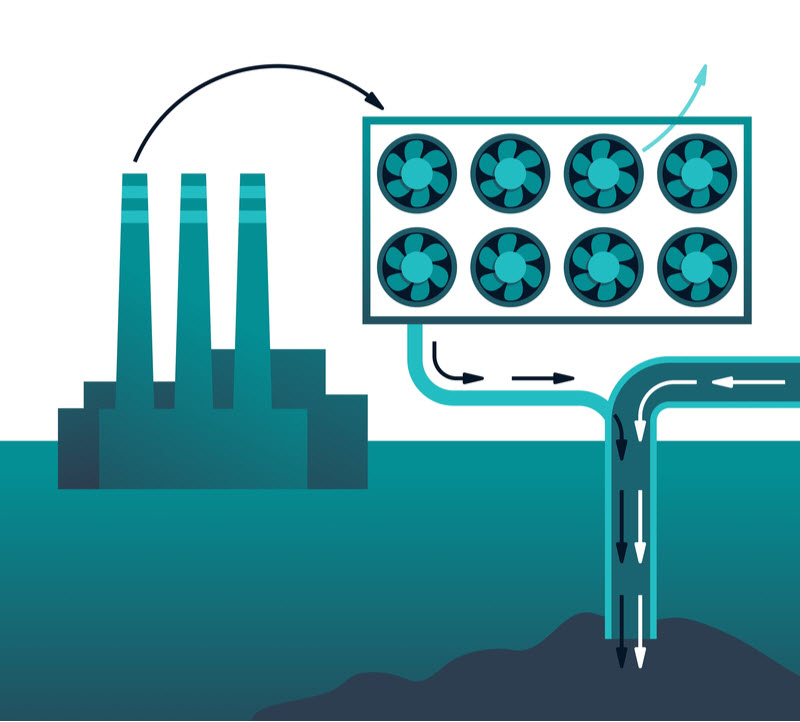
Whether you are a climate activist, a neutral observer or a climate denier, science tells us that there is too much carbon dioxide in the atmosphere. This is primarily due to the burning of fossil fuels, which is releasing carbon dioxide in too high quantities, destabilising the natural carbon cycle, resulting in a warming planet. Warming is at a critical stage and any and all measures need to be implemented to drastically reduce carbon emissions. Continual warming will result in acidic oceans, loss of food security, rising sea levels, unpredictable weather patterns and ongoing disasters such as bushfires and drought.
A carbon neutral planet is the goal; however, the existing CO2 in the atmosphere must also be moderated. The renewables suite of solar, wind and hydro each have their own significant advantages in replacing much of the world’s reliance on fossil fuels.
Carbon capture and storage (CCS) must play its role in supporting these renewable energy sources and also in extracting atmospheric CO2. Currently, CCS is the only technology that has the capability to extract CO2 from the air, opening possibilities for industry to aim for carbon negative management.
Four critical areas in which CCS contributes achievable pathways

Low carbon dispatchable power:
Flexible power plants with CCS can supply dispatchable and low carbon electricity, along with grid stabilising services including inertia, frequency control and voltage control that cannot be provided by renewables.
Production of building materials:
In the cement, steel, iron and chemical industries, high percentages of carbon emissions cannot be replaced with renewable energy, due to inherent processes. In combination with renewables, CCS is the only technology that can effectively reduce the amount of atmospheric CO2 produced from the production of these sectors.
Working in partnership with hydrogen technologies:
Hydrogen production using coal or natural gas in partnership with CCS is currently the most economically stable option for producing low carbon hydrogen at scale. It is estimated that to reach net zero emissions, the production of hydrogen will need to scale to between 425-650 million tonnes per annum.
Negative emissions:
Residue CO2 emissions need to be compensated. CCS provides the technology base for carbon dioxide removal (CDR) and direct air capture (DAC), and is the most effective solution for bioenergy (BECCS).

Working in partnerships is the key
Surging toward a decarbonised future is the goal for all CO2 emitting industries. Industries and advisors should be looking at all the options currently available. There is no one silver bullet solution and each industry has its own unique set of challenges. By working in partnership with renewable energy sources, CCS has enormous potential to assist major industries in achieving the carbon reduction goals. Cement, steel, iron and chemicals are industries that can take immediate advantage of CCS and begin their story toward a carbon neutral and sustainable future.
CCS Energy is committed to forging your path toward net zero emissions. Our expertise can help clients set realistic targets and tap into additional asset value through carbon offset mechanisms available through various global emission trading schemes.
Our team members are CSS experts and well engineers, passionate about identifying efficient and cost-effective transition technology to capture and store carbon and reduce your operation’s carbon footprint.
With years of technical experience in the petroleum industry, we can provide all aspects of technical design, project management and regulatory administration.
When your business is ready to do its part in reducing its carbon emissions footprint, give our team a call. We only offer the very best solutions and technical expertise.



